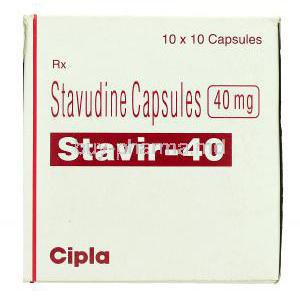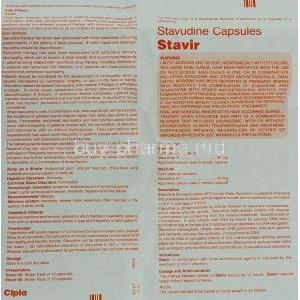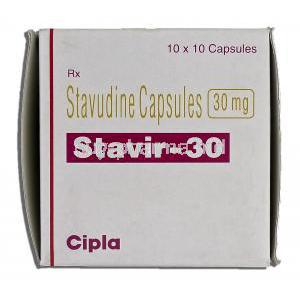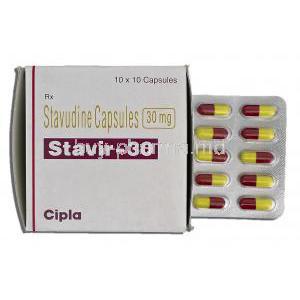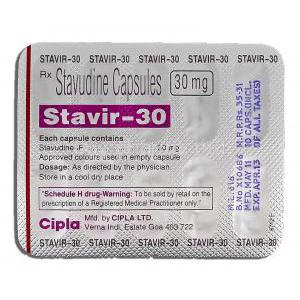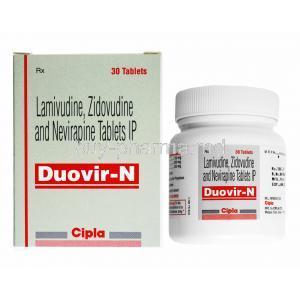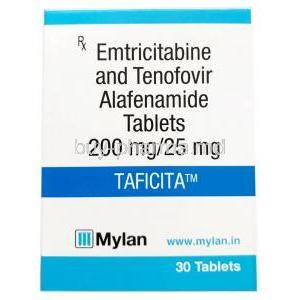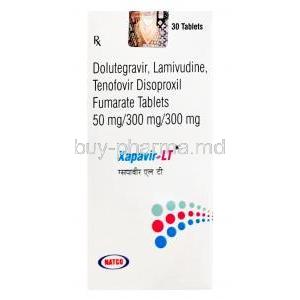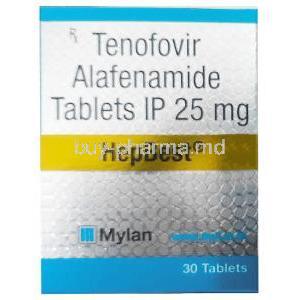Stavir, Stavudine
- Introduction to Stavir (Stavudine)
- Composition and Formulations
- How Stavir Works
- Stavudine Uses
- Off-Label Uses of Stavir
- Dosage and Administration Guidelines
- Special Population Administration
- Side Effects of Stavir
- Stavudine Interactions
- Warnings and Important Precautions
- Contraindications to Stavir
- Careful Administration and Risk Management
- Overdosage and Emergency Management
- Handling and Storage Precautions
- Conclusion
Introduction to Stavir (Stavudine)
Overview of Stavir and its Therapeutic Class
Historical Background and Approval Timeline
Composition and Formulations
Stavudine Structure
Available Dosage Strengths and Pharmaceutical Forms
Inactive Ingredients and Excipients
How Stavir Works
Stavudine Mechanism of Action as a Nucleoside Reverse Transcriptase Inhibitor (NRTI)
Inhibition of HIV Replication and Viral Load Reduction
Pharmacokinetics: Absorption, Distribution, Metabolism, Elimination
Stavudine Uses
Treatment of HIV-1 Infection in Adults
Clinical Outcomes and Effectiveness
Off-Label Uses of Stavir
Investigational Uses in HIV Prophylaxis
Role in Reducing Mother-to-Child Transmission (Historical Context)
Experimental Applications in Other Viral Conditions
Dosage and Administration Guidelines
Stavudine Dosage
Pediatric Dosing Considerations
Dosing Adjustments in Renal Impairment
Administration Instructions with or without Food
Special Population Administration
Elderly Patients: Renal Monitoring and Dose Adjustments
Pregnant Women: Potential Risks, Safety Data, and Guidelines
Nursing Mothers: Excretion into Breast Milk and Recommendations
Children and Infants: Safety, Efficacy, and Monitoring Needs
Side Effects of Stavir
Stavudine Side Effects
Stavudine Adverse Effects
Stavudine Interactions
Risks with Ribavirin, Didanosine, and Zidovudine
Impact of Alcohol on Toxicity and Liver Function
Considerations with Common Medications
Warnings and Important Precautions
Black Box Warning: Risk of Lactic Acidosis and Hepatomegaly
Monitoring of Liver Enzymes and Renal Function
Risk of Mitochondrial Toxicity and Neuropathy
Precautions in Long-Term Therapy
Stavudine ototoxicity hearing loss
Stavudine side effects lipodystrophy
Contraindications to Stavir
Known Hypersensitivity to Stavudine or Formulation Components
Patients with Pre-existing Lactic Acidosis
Severe Hepatic Impairment
Concomitant Use with Zidovudine
Careful Administration and Risk Management
Patients with Renal Impairment
Patients with History of Pancreatitis or Peripheral Neuropathy
Malnourished or Immunocompromised Individuals
Polypharmacy Risks in Complex ART Regimens
Overdosage and Emergency Management
Clinical Manifestations of Stavudine Overdose
Supportive Care and Symptomatic Treatment
Hemodialysis and Its Limited Role
Handling and Storage Precautions
Safe Handling Guidelines for Healthcare Professionals
Storage Conditions: Temperature, Humidity, and Light Protection
Shelf Life and Stability of Formulations
Disposal Recommendations for Expired Medication
Conclusion
Summary of Therapeutic Role and Risks of Stavir
Declining Use in Modern ART Due to Toxicity Profile
Future Perspectives and Safer Alternatives in HIV Therapy
Stavir, Stavudine FAQ
- What is stavudine medication used for?
- What is the mechanism of action of stavudine?
- Does stavudine cause neuropathy?
- What is a 30 mg tablet of stavudine?
- What is another name for stavudine?
- What are the contraindications for stavudine?
- What are the side effects of stavudine zidovudine?
- Can stavudine cause pancreatitis?
- What is the route of stavudine?
- What is the meaning of stavudine?
- Is stavudine hepatotoxic?
- What is the bioavailability of stavudine?
- What kind of drug is stavudine?
- How is stavudine toxic?
- What is the pharmacology of stavudine?
What is stavudine medication used for?
Stavudine is utilized alongside other medications to manage human immunodeficiency virus (HIV) infection. Stavudine belongs to a category of drugs known as nucleoside reverse transcriptase inhibitors (NRTIs). It functions by reducing the quantity of HIV present in the blood.
What is the mechanism of action of stavudine?
Stavudine, a nucleoside analogue of thymidine, effectively inhibits HIV replication in human cells in vitro. Cellular kinases convert stavudine into its active form, stavudine triphosphate, through phosphorylation.
Does stavudine cause neuropathy?
Peripheral neuropathy occurred in 21% of patients who used stavudine in developing countries
What is a 30 mg tablet of stavudine?
Stavudine (d4T) is a synthetic analogue of thymidine nucleosides, effective against the human immunodeficiency virus (HIV).
What is another name for stavudine?
Stavir
What are the contraindications for stavudine?
lactic acidosis, liver toxicity, nerve damage, and inflammation of the pancreas
What are the side effects of stavudine zidovudine?
- intense and sharp stomach pain
- chills
- constipation
- nausea
- vomiting
- fever
- dizziness
Can stavudine cause pancreatitis?
Stavudine alone causing pancreatitis is rare.
What is the route of stavudine?
Stavudine crosses into the CSF, reaching levels that are roughly 40% of plasma levels.
What is the meaning of stavudine?
A medication that falls under the category of nucleoside analogs. It is utilized for the treatment of infections caused by viruses.
Is stavudine hepatotoxic?
Yes
What is the bioavailability of stavudine?
86.4 ± 18.2%
What kind of drug is stavudine?
Nucleoside reverse transcriptase inhibitors (NRTIs)
How is stavudine toxic?
Toxic effect on mitochondria
What is the pharmacology of stavudine?
Stavudine is a nucleoside reverse transcriptase inhibitor (NRTI) that works against Human Immunodeficiency Virus Type 1 (HIV-1). Stavudine is converted into active metabolites that compete for integration into viral DNA.



